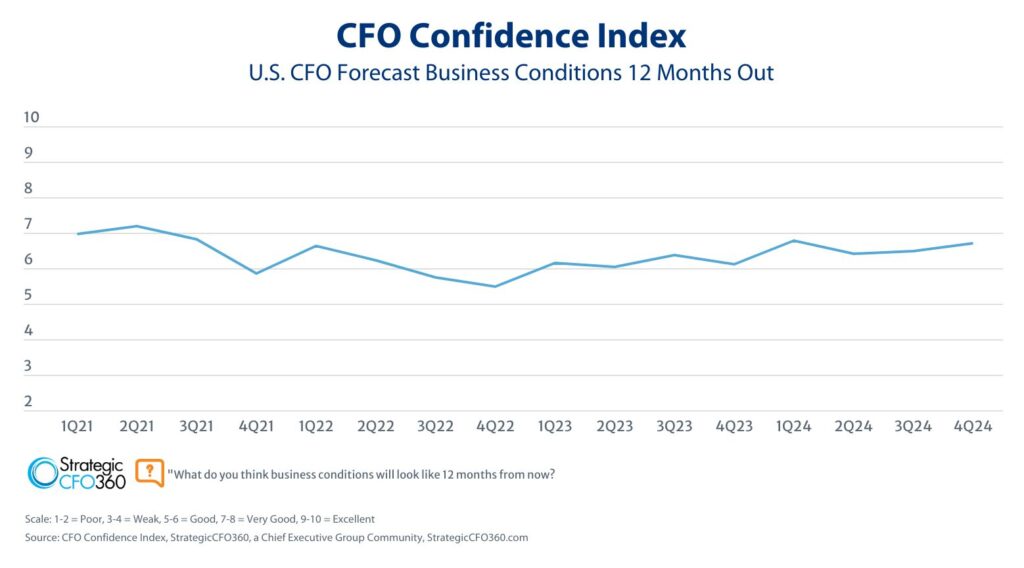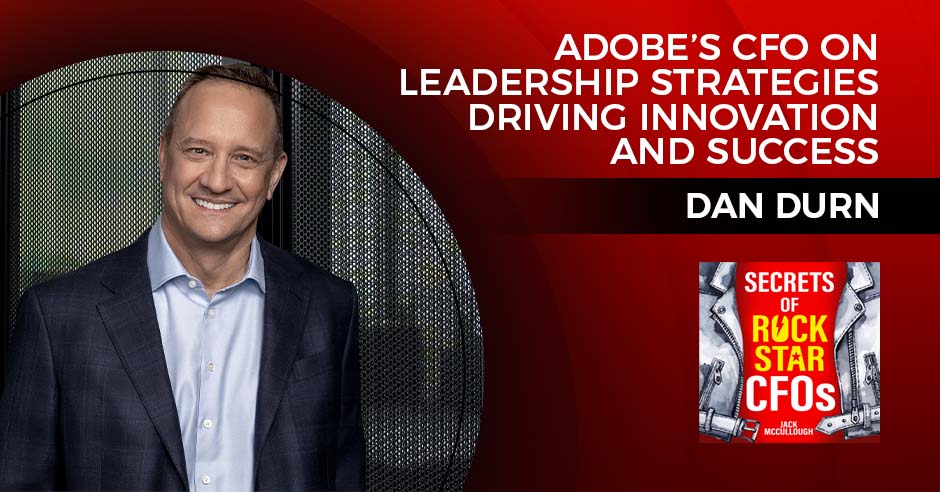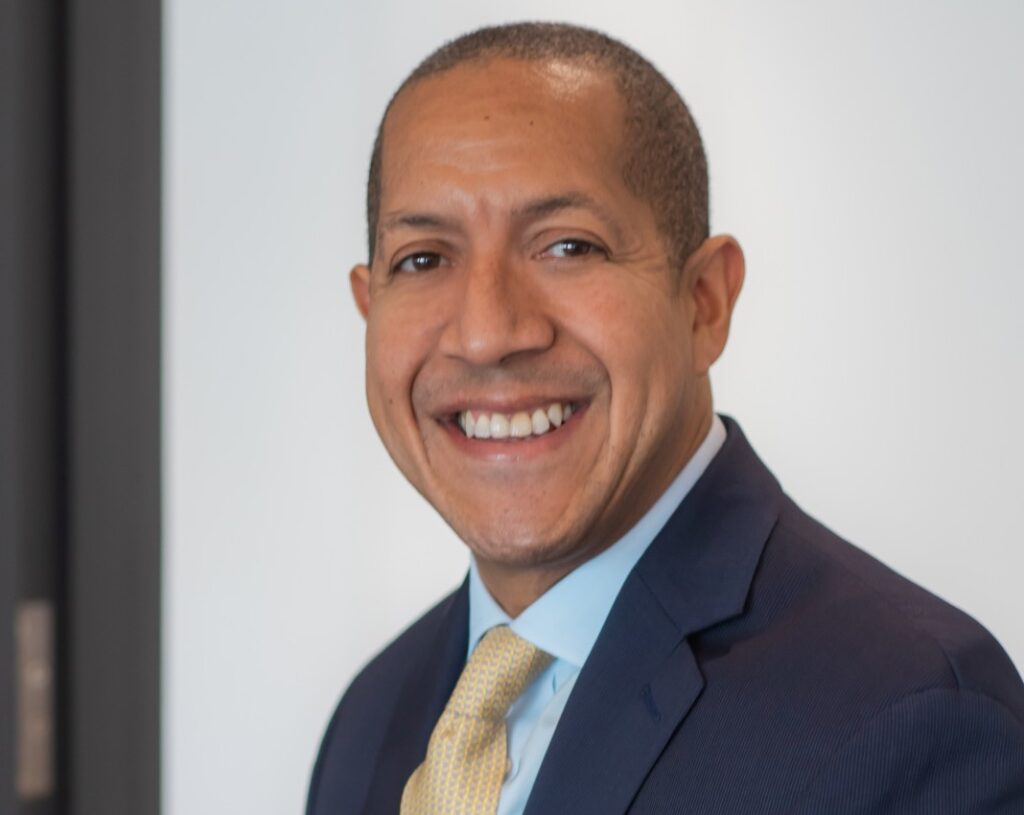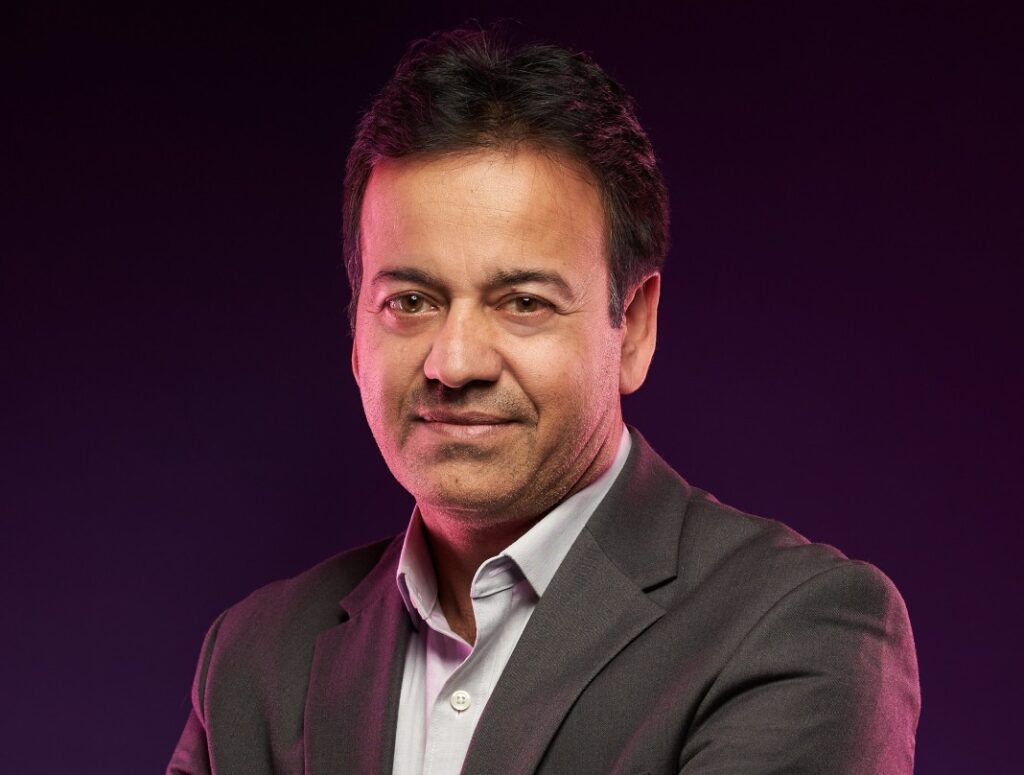Longtime Citigroup veteran Bill Spathelf has seen many business cycles come and go, and he has seen many companies raise capital at the wrong points in those cycles. “That can result in a massive reduction of management ownership and shareholder value; it also creates undue pressure and stress throughout the organization,” says Spathelf.
Having moved on from a long career in banking, Spathelf is now CFO and a founding partner of Helicoid Industries, an Indio, California-based company with technology that makes composites lighter, stronger and more impact-resistant, all while reducing production costs. As such, Spathelf is experiencing the current business cycle from the other side of the fence—at a company just entering the commercialization phase with a finite amount of cash and a menu of growth opportunities to choose from.
Katie Kuehner-Hebert first interviewed Spathelf in 2021, not long after he joined Helicoid. She caught up with him last month to discuss some of the tough decisions the company must make in a challenging capital markets environment.
Since we last talked, Helicoid has been making significant progress but has also been experiencing the typical challenges for any start-up, such as balancing cash needs with growth investments. As the CFO, you are responsible for many of these issues. How are you managing these challenges?
The short answer is that we are managing those issues very well, but unfortunately trying to maximize growth without taking unnecessary risks requires daily attention. We are fortunate, as Helicoid is having success with commercial licensing of its technology and obtaining international government grants for R&D. However, it demands that our staff manage dozens of complex projects simultaneously.
Ideally, we would have unlimited resources to keep on top of and progress these opportunities, but as a start-up we have limited cash. We meet as a team multiple times a week to discuss how to prioritize projects. Our technology targets different industries, each requiring a long sales cycle. The cycles vary—it can be 2 to 15 years before we see any revenue.
What kinds of choices does that involve?
We must decide whether to focus on short-term and smaller opportunities or commit to larger but long-term projects. All are great and exciting, but then we potentially incur all the costs of engineers and sales teams for years until any revenue is recognized.
For example, we constantly discuss if we should spend a few hundred dollars to visit a client in person or do a video call. Could those funds be better used to go to a conference prospecting for new clients? Or should we focus on accelerating our existing clients toward revenue?
We need to balance the financial commitments while we work with the client through the process for years. Our company has a great dynamic: our CEO focuses on growth and new opportunities, while I manage the financial resources, making sure we are fiscally prudent.
As with most start-ups, you need to raise capital to finance growth but seek to minimize dilution. Given raising capital has been challenging for pre-revenue companies, have you had to compromise to obtain funding?
Helicoid has continued to grow the company without any new external investment. During the project testing phase, client revenue is minimal, if any. When the capital markets dried up, we implemented three measures to improve liquidity.
First, we started cost-cutting measures. Our CEO and I deferred our salaries for over a year, and the staff agreed to minimize their hours. To get through one tough period when revenue was delayed, we deferred all salaries for one month. We also reduced expenses as much as possible for travel and conferences.
Second, in late 2021, we did some financial engineering to create additional liquidity. We successfully completed a rights offering with minimal dilution. Ninety-five percent of our 60-plus shareholders participated. Communication with our shareholders is critical, and we have regular contact with them, [providing] a detailed quarterly update and annual reports.
Third, we targeted grants and other non-dilutive capital. The federal government offers Small Business Innovation Research grants. They provide predictable cash flow over one to two-plus years and can lead to commercial contracts with government suppliers.
Those [three measures] have paid off. We now have a 24-month runway even in the unlikely scenario that we don’t [win] any additional contracts or grants. Our shareholders and staff continue to embrace Helicoid’s vision and potential.
You mentioned Helicoid has found some success in non-dilutive grants. Do you have any advice on that option for other CFOs?
Non-dilutive grants can be a great source of capital to cover some operating costs and reduce the burn rate while an organization waits for revenues to materialize. Finding and writing grant proposals requires unique skills, and record-keeping requirements range from audits to company policies and procedures. As a CFO, it’s been a bit of a learning experience for me, but easily manageable.
While the challenging financial markets and the pandemic have devastated many pre-revenue companies, Helicoid has weathered the storm by aggressively cutting costs and creatively finding other sources of capital.








